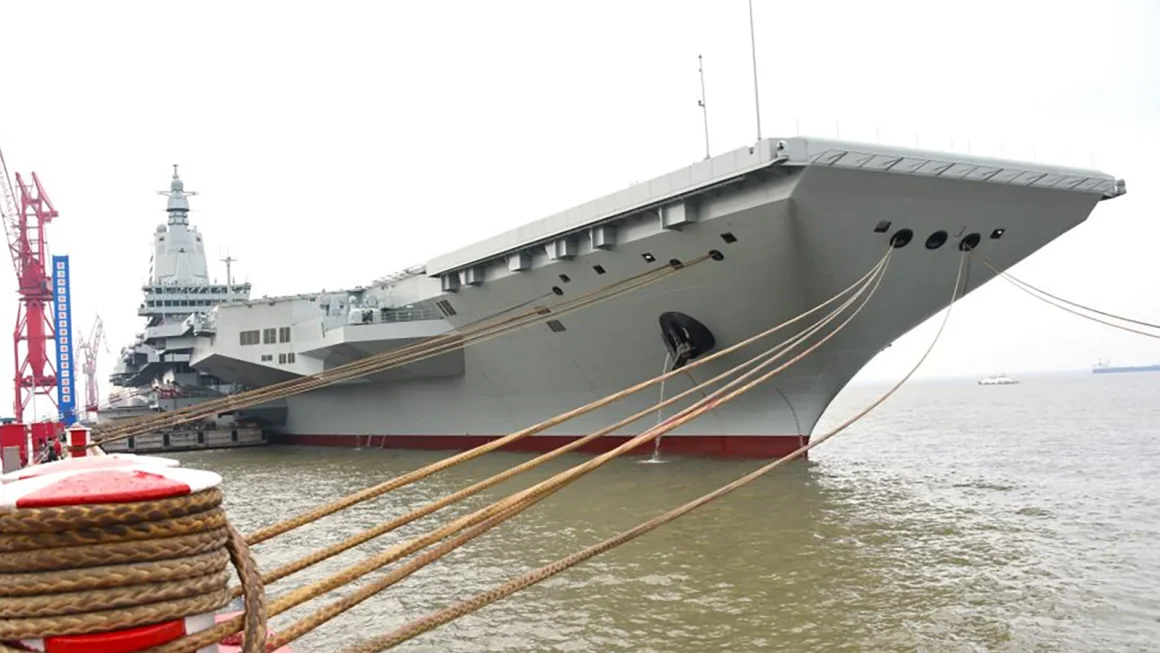The following is the 2024 Australian National Defense Strategy released this week.
From the report
A new approach to Australia’s defence
Australia’s strategic environment demands a fundamentally new approach to the defence of Australia and its interests. Accordingly, the Government has urgently assessed the most consequential security risks we face and developed a comprehensive strategy to address them.
This new approach is the foundational principle that underpins the National Defence Strategy and is based on the concept of National Defence – a coordinated, whole-of-government and whole-of-nation approach that harnesses all arms of national power to defend Australia and advance our interests. Just as important as strategy are the tools available to effect that strategy. The National Defence Strategy must therefore be read in parallel with the Integrated Investment Program, which sets out the specific defence capabilities the Government will invest in.
These two documents build on the Defence Strategic Review, which concluded that the Australian Defence Force (ADF) as it was then constituted and equipped was not fully fit for purpose. It called for a fully integrated and more focused ADF characterised by enhanced lethality and greater range, and for Defence policy and activities to be better coordinated with Australia’s broader statecraft.
The National Defence Strategy sets out the Government’s strategic framework to guide the significant and urgent changes required to transform Defence’s capability, force posture, force structure, acquisition, recruitment and international engagement.
The National Defence Strategy will see a Strategy of Denial become the cornerstone of Defence planning. This approach aims to deter any conflict before it begins, prevent any potential adversary from succeeding in coercing Australia through force, support regional security and prosperity and uphold a favourable regional strategic balance.
Together, the National Defence Strategy and the Integrated Investment Program are designed to ensure the ADF has the capacity to:
- defend Australia and our immediate region;
- deter through denial any potential adversary’s attempt to project power against Australia through our northern approaches;
- protect Australia’s economic connection to our region and the world;
- contribute with our partners to the collective security of the Indo-Pacific; and
- contribute with our partners to the maintenance of the global rules-based order.
Capability priorities
The adoption of National Defence means the ADF will shift from a balanced force capable of responding to a range of contingencies, to an integrated, focused force designed to address Australia’s most significant strategic risks. We have reset our defence capability priorities to deliver this fundamental change. This reset has involved a complete rebuild of the Integrated Investment Program to ensure it is a coherent, logical and affordable plan for defence capability.
In rebuilding the Integrated Investment Program, the Government has made decisions to prioritise and fund the acquisition of key capabilities to bolster Australia’s deterrence capabilities. We have also made tough but necessary decisions to cancel, divest, delay or re-scope projects or activities that are not critical to delivering the force our strategic circumstances require. This reprioritisation has enabled us to accelerate new, immediate and longer-term priority projects and capabilities.
People
People are Defence’s most important asset. As the ADF transitions to an integrated, focused force, Defence’s workforce plans must change to effectively respond to the workforce crisis it faces. It must recruit, retain and grow the highly specialised and skilled workforce required to meet Defence’s capability needs and achieve the objectives of National Defence. Defence must also continue to evolve its culture to underpin the significant reform required to deliver the National Defence Strategy.
The Government has introduced several key initiatives to improve recruitment and retention. This includes the ADF Continuation Bonus, enhanced access to study opportunities, expanded health benefits, and additional services and allowances for ADF members and dependants. Defence is also widening eligibility criteria to enable more people to join the ADF, among other important initiatives. These are important steps, but more work will be needed to address Defence’s workforce crisis.
Partnerships
To respond effectively to the strategic environment we face, Australia must work even more closely with our international partners to maintain regional peace and prosperity and ensure a favourable regional strategic balance. These partnerships are also critical to protect Australia’s economic connection to the world and support the global rules-based order.
Our Alliance with the US remains fundamental to Australia’s national security. We will continue to deepen and expand our defence engagement with the US, including by pursuing greater scientific, technological and industrial cooperation, as well as enhancing our cooperation under force posture initiatives. Along with the United Kingdom (UK), our technology and capability cooperation with the US under the auspices of AUKUS is essential to building the ADF’s capacity to deliver impactful projection across the full spectrum of proportionate response.
Australia will also invest in deepening our defence relationships with partners across Southeast Asia and the Pacific, as well as in the Indian Ocean and North Asia regions. This includes continuing to expand our partnerships with Japan and India. Australia will also continue to work closely with like-minded partners outside the Indo-Pacific including key European nations.
Download the document here.





